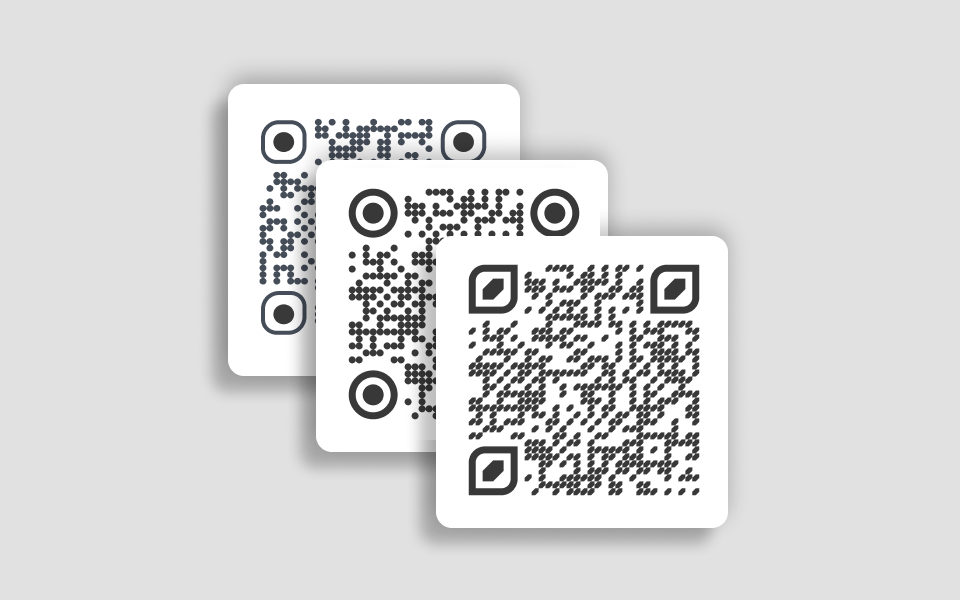Physical therapists are a unique group of healthcare providers who often don’t have much interaction with other medical professionals. That’s why it can be difficult to know what physical therapist software solutions will benefit your practice most. However, there are several essential features that every physical therapist should look for when choosing their physical therapy software, such as appointment scheduling, billing, and payments.
Appointment scheduling
Scheduling appointments is one of the most important parts of running your business and it’s crucial to have an appointment scheduler that does what you need it to do. Here are some of the key features you should look for when choosing an appointment scheduling software:
- The ability to give clients same-day access to your schedule or availability 24/7.
- Automatic reminders so they don’t miss their appointments
- Integration with other applications like Xero (cloud accounting) so that all data can be easily accessed and updated in one place.
Billing and payments
Physical therapists are required to bill and accept payments from insurance companies, Medicare, Medicaid, and other third-party payers. Your software should allow you to track all of your billing details including the date of service, patient’s name and address, and insurance information if any is present for that patient in your practice management system.
When it comes time for payment acceptance by patients who have insurance coverage through their employer or another third party such as Medicare or Medicaid, physical therapy software will enable you to seamlessly integrate with those companies’ portals so that you can receive payments electronically.
You may also choose to accept credit cards directly from patients when they walk into your office because they don’t have health insurance coverage through their employers or family members.
Electronic health records (EHR) and other reports
One of the most important benefits of physical therapy software is the easy access it gives you to electronic health records. Electronic health records make it much easier to track and manage patient progress, improving your ability to deliver quality care that meets each patient’s needs. By using software, you can better understand what a patient has gone through in their previous treatments, which makes it easier for you to tailor new treatment plans based on past experiences.
Another second major advantage of physical therapy software is that they help therapists save time by streamlining their workflow. Rather than spending hours manually entering data into separate documents, a physical therapy software allows therapists to input all relevant information at once – making them more efficient at managing their workloads while also providing patients with consistent care. This can also improve patient satisfaction because they will receive high-quality care without having to worry about long wait times or confusing paperwork.
Intake paperwork and electronic signature
With physical therapy software, you’ll be able to see a physical therapist’s entire intake process for any given patient, including how long it took and what the patient said. This is especially helpful when you’re scheduling appointments with multiple patients at once, as you can use this information to keep your waiting room filled without having to double-book anyone.
Physical therapists are required by law to take a lot of paperwork during their sessions; they need consent forms filled out by patients before they start treatment and they also collect information on each visit so they know when it was last seen by whom. Unfortunately, most physical therapists still use pen & paper or spreadsheets instead of specialized software tailored specifically towards them—and that means that even though electronic signatures were created specifically for people like us who deal with lots of documents every day, nothing has changed yet.
Conclusion
As you can see, there are many benefits to having physical therapy software. It helps you keep track of your patients and appointments, as well as helps with billing and payments. You can also use this software for prescriptions and referrals that need to be faxed or emailed out to other healthcare providers. That way, you don’t have a bunch of paper sitting around taking up space in your office.








